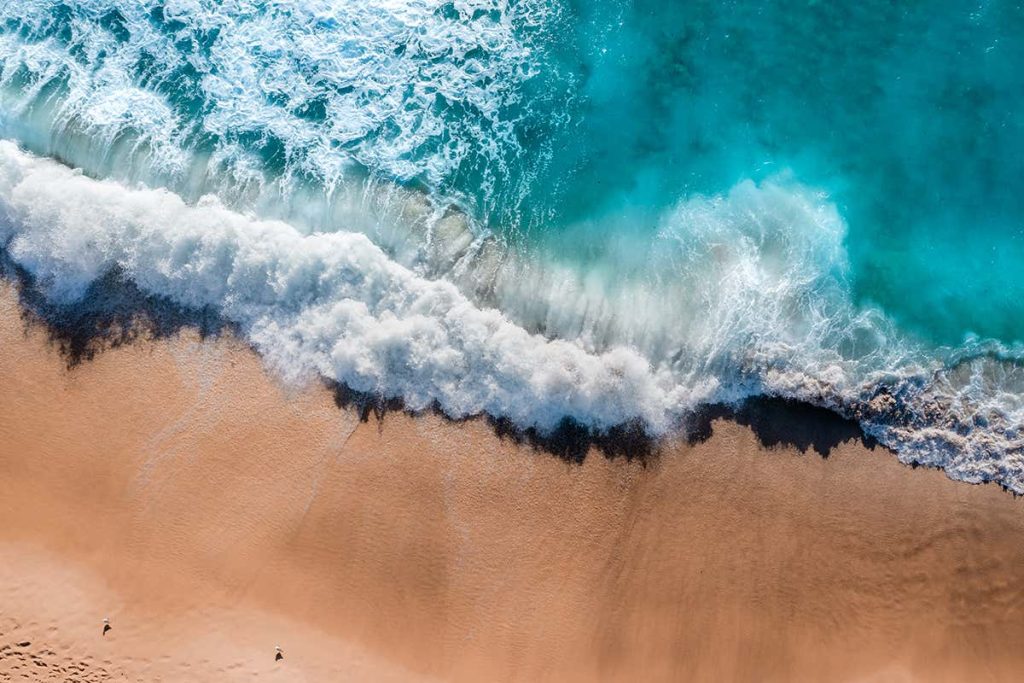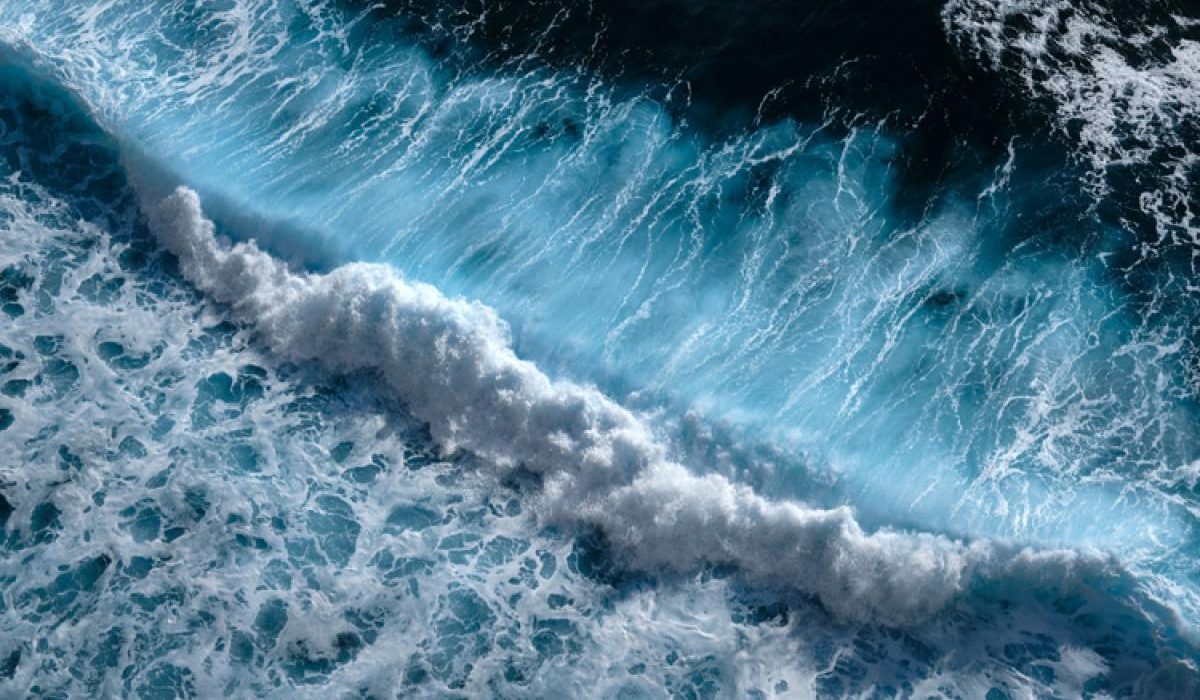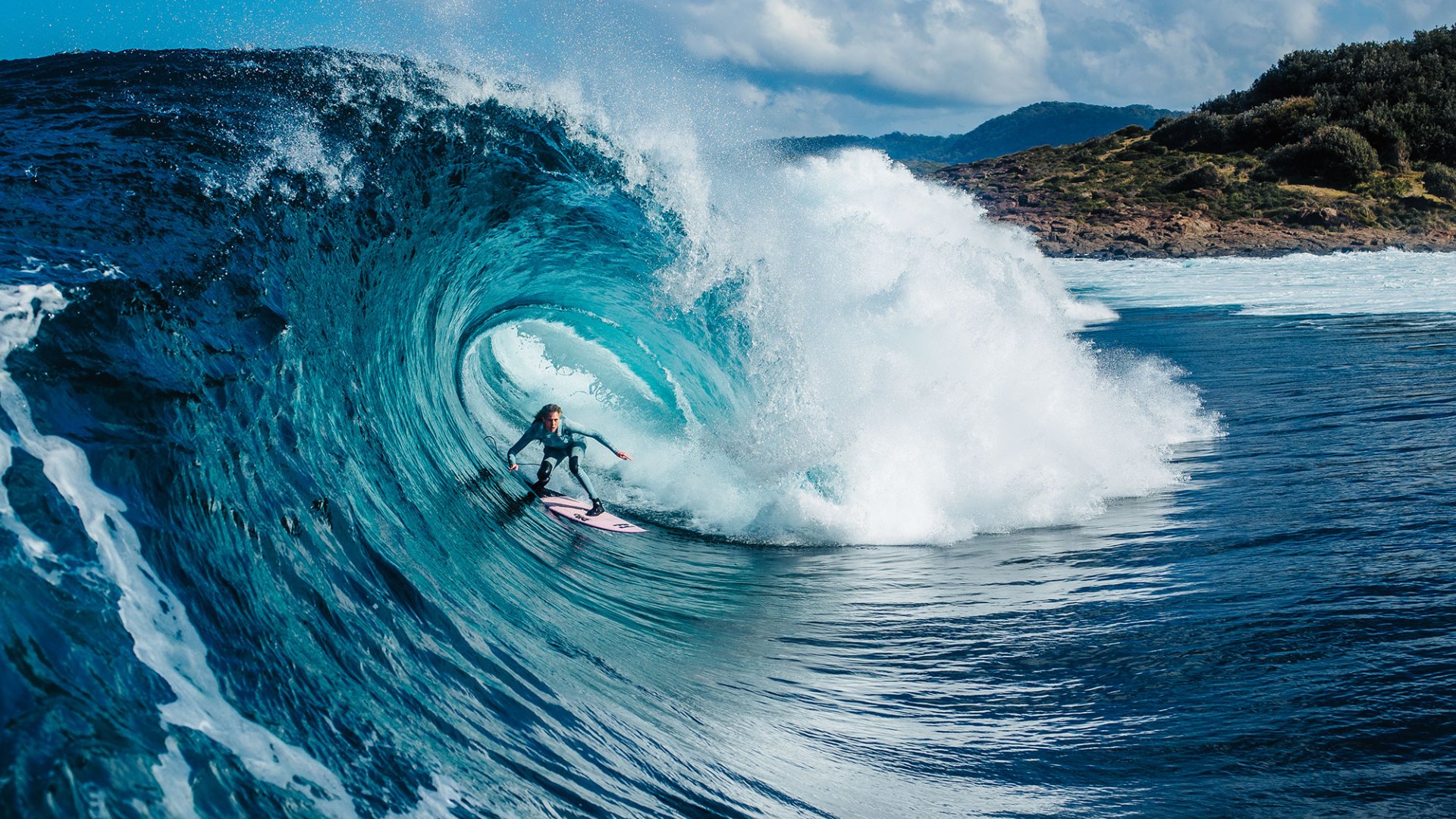Ocean waves are captivating natural phenomena that play a crucial role in shaping our coastal landscapes and influencing the dynamics of marine ecosystems. From the gentle undulations seen on a calm day to the mighty swells that crash onto shorelines, understanding the anatomy of ocean waves provides valuable insights into their behavior and impacts.
By examining the various components of a wave, such as crest, trough, wavelength, and period, we can delve into the intricate mechanics behind these majestic surges of energy. In this discussion, we will explore the anatomy of ocean waves in detail, shedding light on their formation, characteristics, and the factors that shape their complex nature.
Table of Contents
Components of a wave

Ocean waves are complex phenomena that involve the movement of energy through the water. They are primarily caused by the transfer of energy from the wind to the ocean’s surface. The anatomy of an ocean wave can be described in terms of its different components:
- Crest: The crest is the highest point of a wave, where the water is at its maximum height above the average water level.
- Trough: The trough is the lowest point of a wave, where the water is at its maximum depth below the average water level. It is located between two adjacent crests.
- Wave height: The wave height is the vertical distance between the crest and the trough of a wave. It represents the amplitude of the wave.
- Wavelength: The wavelength is the horizontal distance between two consecutive crests or troughs of a wave. It is typically measured from crest to crest or trough to trough.
- Wave period: The wave period is the time it takes for two consecutive crests or troughs to pass a fixed point. It is usually measured in seconds.
- Wave frequency: The wave frequency is the number of complete waves passing a fixed point per unit of time. It is the reciprocal of the wave period and is typically measured in hertz (Hz).
- Wave velocity: The wave velocity is the speed at which a wave propagates through the water. It is influenced by the wavelength and wave period and can be calculated as the product of the wavelength and wave frequency.
- Steepness: The steepness of a wave refers to the ratio of wave height to wavelength. Steeper waves have a higher wave height relative to their wavelength.
- Swell: Swell refers to waves that have traveled out of their generating area and have a more uniform and regular pattern. They are typically caused by distant storms or strong winds and have longer wavelengths and longer wave periods compared to wind-generated waves.
- Breaking: Breaking occurs when a wave becomes too steep and unstable, causing the wave crest to topple forward, leading to the formation of whitecaps and the release of energy. Breaking waves are commonly observed near the shore.
These components describe the fundamental features of an ocean wave. However, it’s important to note that ocean waves can exhibit a wide range of complexities and variations, influenced by factors such as wind speed, duration, and fetch (the distance over which the wind blows uninterrupted), as well as local coastal conditions.
What characteristics are important

- Wave Generation: Ocean waves are primarily generated by the transfer of energy from the wind to the water’s surface. As wind blows across the ocean, it imparts energy to the water, causing ripples to form. These ripples then evolve into waves.
- Water Particle Motion: As a wave passes through the water, the water particles themselves do not travel long distances. Instead, they move in a circular or elliptical path called an orbital motion. This motion decreases with depth, and as a result, waves typically have negligible impact on water depths below half their wavelength.
- Wave Crest: The crest is the highest point of a wave, where the water surface is at its maximum elevation above the average water level. It is followed by the trough.
- Wave Trough: The trough is the lowest point of a wave, where the water surface is at its maximum depression below the average water level. It is followed by the crest.
- Wave Height: The wave height is the vertical distance between the crest and the trough of a wave. It represents the amplitude of the wave. In deep water, the wave height is typically much smaller compared to the wavelength.
- Wavelength: The wavelength is the horizontal distance between two consecutive crests or troughs of a wave. It is usually measured from crest to crest or trough to trough. Longer wavelengths generally indicate larger and more powerful waves.
- Wave Period: The wave period is the time it takes for two consecutive crests or troughs to pass a fixed point. It is typically measured in seconds. Waves with longer periods generally have larger wavelengths and carry more energy.
- Wave Frequency: The wave frequency is the number of complete waves passing a fixed point per unit of time. It is the reciprocal of the wave period and is usually measured in hertz (Hz).
- Wave Velocity: The wave velocity is the speed at which a wave propagates through the water. It is influenced by the wavelength and wave period and can be calculated as the product of the wavelength and wave frequency. The velocity of deep-water waves is directly proportional to the square root of the wavelength.
- Wave Steepness: Wave steepness refers to the ratio of wave height to wavelength. Steeper waves have a higher wave height relative to their wavelength. Steepness affects the stability of a wave, and when it exceeds a certain threshold, the wave may break.
- Swell: Swell refers to waves that have traveled out of their generating area and have a more uniform and regular pattern. They are typically caused by distant storms or strong winds and have longer wavelengths and longer wave periods compared to wind-generated waves. Swell waves can travel long distances across the ocean before reaching the coast.
- Breaking: Breaking occurs when a wave becomes too steep and unstable, causing the wave crest to topple forward, leading to the formation of whitecaps and the release of energy. Breaking waves are commonly observed near the shore, where the wave’s interaction with the seabed causes its wavelength to decrease and its height to increase.
These are some of the key aspects of the anatomy of an ocean wave. However, it’s important to note that waves in the ocean can be highly complex, with various interactions and phenomena occurring simultaneously. Factors such as wave refraction, diffraction, reflection, and interaction with the coastline can further influence the behavior and characteristics of ocean waves.
Conclusion

The anatomy of ocean waves encompasses a fascinating realm of scientific inquiry, offering profound insights into the interactions between wind, water, and energy transfer. By comprehending the components of a wave, from its crest and trough to its wavelength and period, we gain a deeper appreciation for the intricate dynamics that govern the world’s oceans.
The study of wave anatomy not only contributes to our understanding of coastal processes and the shaping of coastlines but also plays a vital role in fields such as marine engineering, coastal management, and predicting wave behavior for various maritime activities. As we continue to explore the mysteries of the ocean, the anatomy of waves remains an essential pillar of knowledge, fostering a deeper connection with the awe-inspiring power and beauty of our planet’s vast bodies of water.



